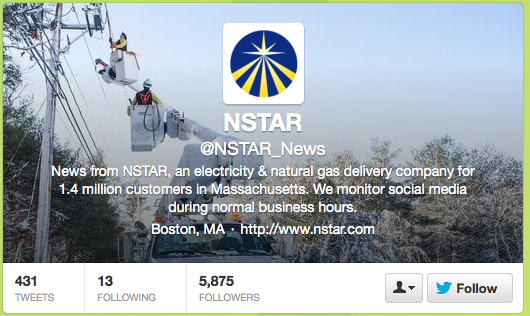 The idea behind content marketing is really nothing new, but it is very powerful. The idea comes in many forms, but the basic principal is the same: providing something of value helps to build trust, and trust forms the basis of any relationship.
The idea behind content marketing is really nothing new, but it is very powerful. The idea comes in many forms, but the basic principal is the same: providing something of value helps to build trust, and trust forms the basis of any relationship.
I certainly didn’t expect to find an example of content marketing when reading about a battle zone. In Iraq.
I’d just finished Thomas E. Ricks’ book The Generals, a survey of recent American generals and their leadership styles, when I decided to read another of Ricks’ books, The Gamble, about “the surge” in Iraq.
In The Gamble, Ricks lays out the events that led to the change in strategy of the US military in Iraq that prevented Iraq from turning into a never-ending cauldron of civil war (think of Syria now). As Ricks recounts, just three years after the ousting of Saddam Hussein, the Bush administration, the Pentagon and even the generals leading the occupation in Iraq were completely rudderless an enmeshed in a fiasco.
They didn’t understand the conflict they were in (a toxic cocktail of homegrown and foreign insurgencies) and they had no strategy to “win” (much less define what “winning” meant).
Luckily, a few commanders on the ground knew they had to fight insurgency with a counterinsurgency. This meant protecting the safety of the Iraqi people first and foremost, and living among them. By forging connections with the populace, insurgents lose the “sea” they swim in. The lessons of these (very few) commanders paved the way to stability and drawdown/exit from Iraq.
Ricks recounted one of the stories, and in it I found the surprising example of content marketing. In 2006 in the Iraqi city of Ramadi, in Anbar Province, then US-Army Col. Sean McFarland’s 1st Brigade (1st Armored Division) took over military operations. He had seen counterinsurgency succeed elsewhere, and put that strategy in place in Ramadi.
At this point a new insurgency had moved in to the province, and it was making war on the local sheikhs: al Qaeda.
McFarland offered the Ramadi sheikhs the protection of US forces. And he meant it. When an allied sheikh was attacked, McFarland stormed the area. Invariably they routed al Qaeda insurgents, and soon after McFarland would work to build trust with the local community.
But how do you build trust with an entire community that isn’t going to read your newspapers, listen to radio, or even has access to electricity? Ricks recounts how one bright soldier noticed that what people did listen to were loudspeaker announcements from the local mosque.
So, a special team set up a loudspeaker post (broadcasting every day but Friday). They “broadcast” news from Al Jezeera, sports and other information — and information on local attacks by al Qaeda. The messages reinforced the goal: the American forces were saying “we can relate to you — and we have a common enemy.” Eventually, the US forces began to be seen as an allied tribe. A very, very well-armed tribe of allies.
But think of that strategy of the unit with the loudspeakers. It’s the essence of content marketing: by giving something of value (news and information), it allowed a relationship to form. It made a key connection.
And all without Twitter, or blogs, or Facebook or SEO.

